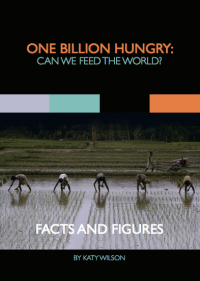 Launched today, the Global Multidimensional Poverty Index 2014 (MPI) is designed to be a comprehensive measure of acute individual poverty across over 100 developing countries. Developed by the Oxford Poverty and Human Development Initiative, with the UN Development Programme (UNDP), since 2010 it has been published in the UNDP’s flagship Human Development Report. The MPI is said to be complementary to traditional income-based measures of poverty, capturing scarcities people face in terms of education, health and living standards.
Launched today, the Global Multidimensional Poverty Index 2014 (MPI) is designed to be a comprehensive measure of acute individual poverty across over 100 developing countries. Developed by the Oxford Poverty and Human Development Initiative, with the UN Development Programme (UNDP), since 2010 it has been published in the UNDP’s flagship Human Development Report. The MPI is said to be complementary to traditional income-based measures of poverty, capturing scarcities people face in terms of education, health and living standards.
The complete set of indicators includes nutrition, child mortality, years of schooling, school attendance, cooking fuel, sanitation, water, electricity, floor and assets. If an individual is deficient in a third or more of these (weighted) indicators then they are defined as poor. The severity of poverty being a measure of the number of indicators for which they are experiencing deprivation. Income is not included as an indicator due to data deficiencies. The datasets that inform the MPI include the Demographic and Health Survey (DHS), the Multiple Indicators Cluster Survey (MICS), and the World Health Survey (WHS).
The MPI can be used to compare between countries and within countries by ethnic group, location, and other key household and community characteristics. Thus the MPI is a tool for identifying the most vulnerable people, for understanding the drivers of poverty and to aid policy makers target resources and design effective poverty eradication policies. Case studies reveal the translation of measures of poverty into practical action, for example, Mexico’s poverty targeting programme and Colombia’s poverty reduction strategy are informed by nationally adapted MPIs. [Read more…]








